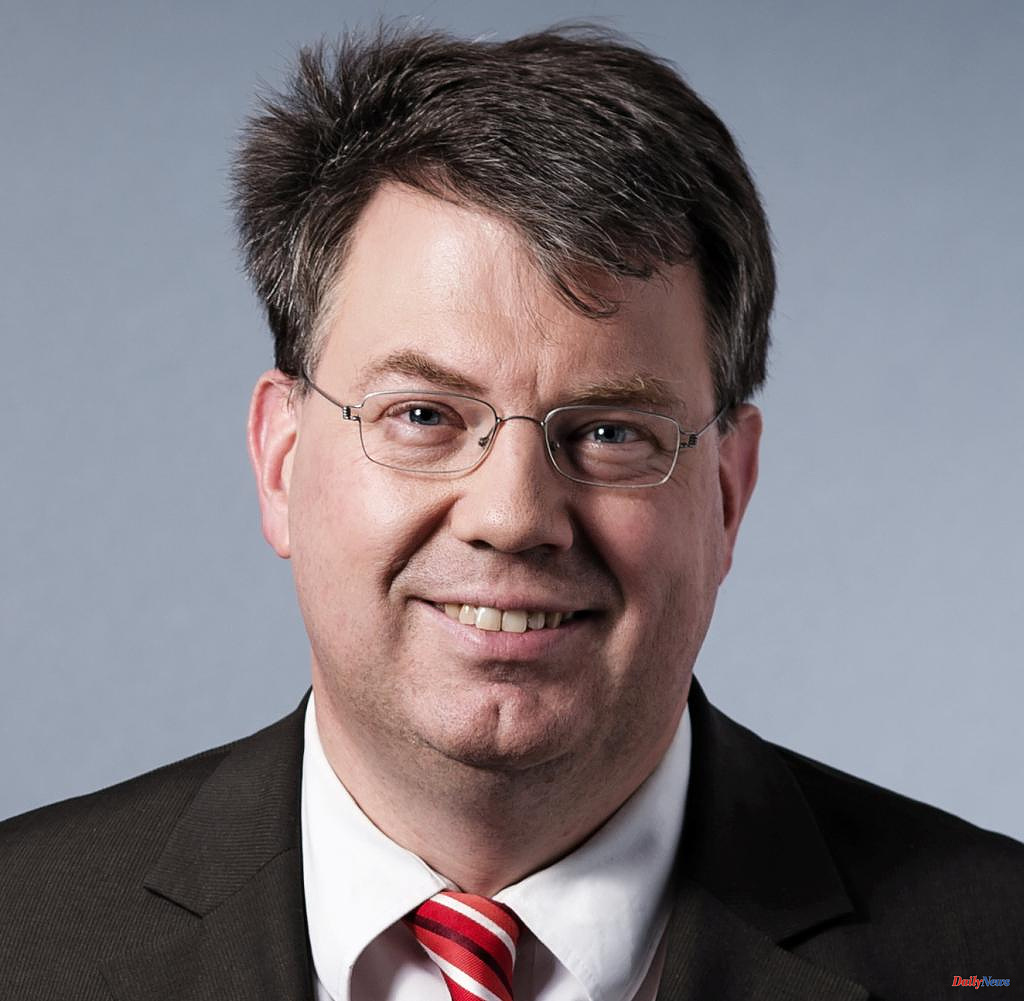The killer was looking for family contact. On August 21, 1972, a short advertisement appeared in the “Süddeutsche Zeitung” on page 21 in the “Miscellaneous” section: “Looking for living with family. Tel. 595627 (Tony)”. Such advertisements were not uncommon that summer, because the XX. The Summer Olympics in Munich were just around the corner. Bavaria's state capital was fully booked, but foreign visitors kept coming.
The Olympic Stadium was long since sold out, but tickets were still available for many other venues – there were 13 other venues in and around Munich alone. The unique, relaxed atmosphere in the city was particularly attractive. The organizing committee wanted to organize "happy games", and the security authorities worked accordingly: around the Olympic facilities there was only a "steward service" in light blue uniforms, but no police. In the city, too, officials were mainly in civilian clothes. Nothing should spoil the good mood at the most important event in Munich's history.
The identity in "Tony's" passport to the name of Hamid Kartout, born October 3, 1942 in Damascus, while certainly false, matched his age based on age. The 30-year-old didn't have anything friendly in mind: he had come to Upper Bavaria as a one-man advance squad for the Palestinian terrorist organization Black September. His mission: prepare an attack that should shake the world. An attack on Olympia, specifically on the Israeli team at the "Festival of Peace".
The assassination was intended to turn the "merry games" into a stage for the Middle East conflict. On September 5, 1972, the time had come – at dawn, eight terrorists took Israeli athletes into their power; After 21 hours, the action on the Fürstenfeldbruck airfield ended with the death of all the hostages and one policeman. Five of the perpetrators also died, including "Tony".
Almost exactly half a century later, "Tony's" activity in August 1972 can be reconstructed. At the request of WELT, the state archives of Bavaria have released the last police file on the assassination that has been blocked so far. It is the folder "Munich PP 1342" with around 130 sheets of investigation results, which were handed over to the Munich State Archives in 2013 along with almost 400 other files on the Olympic Games and the assassination attempt. After her review, these files have been available to the public since 2015 - with the exception of this one bundle, which according to the inscription should have been blocked first until 2047, then until 2041. After a review lasting several weeks, this deadline was lifted at the end of June 2022.
The nearly 400 files, about 50 of which relate directly to the assassination, were not intentionally hidden. They had simply been “forgotten”, mainly in the Munich police headquarters and in the Bavarian State Criminal Police Office. Most of them turned up after a search by the then Prime Minister Horst Seehofer (CSU) on the occasion of the 40th anniversary of the attack in 2012 - in basement rooms. The Munich State Archives could neither confirm nor deny the rumor from police circles that some of these documents had been discovered in a chamber with cleaning utensils during the conversion of toilets.
The file, which was still locked shortly before the 50th anniversary of the assassination, documents the investigative work directly, in contrast to the approximately 7,000 sheets of documents from the Munich I public prosecutor’s office that were already accessible in 2012 and to the papers such as photo folders, internal correspondence and the like that have been available since 2015. The new material contains testimonies from people who were closely involved in preparing the attack - whether knowingly or not is unclear. Because they have never been prosecuted, their names cannot be published. This is a common condition for archival materials that are 50 years old or even less.
The starting point of the investigations in PP 1342 is a small address book that had belonged to "Tony" but for some unknown reason, according to the crime scene report, was found on the body of "Issa". He was in command while "Tony" acted as his deputy on September 5, 1972. About 45 addresses are entered in the small-format directory, half of which had become illegible due to moisture. 20 more can be deciphered and offered the criminal police starting points for investigations.
An entry by someone else on the fourth double page proved decisive. There was, correctly under "G / H", the name "Gudrun G." With the address given, the woman could be identified. It was the daughter of the operator of a hotel in downtown Munich, who helped her parents at the reception once a week.
When interviewing witnesses on September 12, 1972, exactly one week after the attack, she identified "Tony" from photographs taken of the five dead terrorists. He had arrived at the hotel on August 8th and she had met him six days later at her next shift. Although Damascus was listed as the place of birth in his passport, in an interview he claimed to be from Algeria. "Tony" tried to establish personal contact with Gudrun G., which she refused; nevertheless she wrote him her address (admittedly incomplete) in the address book.
A certain Talal moved into a double room with "Tony", about whom Gudrun G. said: "Right from the start I had the feeling that Tony was subordinate to this man." He left the hotel on August 19 and apparently went under another name to Amsterdam two days later. On September 5, "Issa" tried twice to reach a certain "Talal" in Tunis by phone - without success.
In view of the occupancy of all Munich hotels and guesthouses, "Tony" placed his ad in the "Süddeutsche Zeitung" to find private accommodation. He managed to rent a room with Herta N., but she remained suspicious and later reported to the police about his passport: "I looked at the picture. It looked like him, but by my understanding he wasn't.” “Tony” quickly took the document from her and stayed in the apartment for only a week. "Issa" arrived in Munich on August 28th, the six other men from the terrorist squads in the following days.
"Tony" made several phone calls from Herta N.'s apartment, which gave the police further information. So he reported to another Munich hotel, the "Eden Wolff" at the main train station. An alleged Said Walli stayed here on August 25, 1972, a strikingly tall, good-looking man - he was the chief planner of the terrorist attack, a "casual-sovereign" Palestinian with the alias "Abu Daoud".
A teacher named Reiner D. was called from his room. In 1963/64 he taught German in an Arab capital and married a Palestinian there, with whom he now lived in Munich. "Abu Daoud" appeared several times in the D. family, because the 30-year-old Ms. D. worked as an Olympic hostess. In addition, her sister Juliette N. was in Munich. This is probably the true core of later interview statements by the notorious liar "Abu Daoud" that the terrorist commando had had a Palestinian Olympic employee as an informer.
Although Reiner D., his wife and Juliette N. were questioned, the police could not confirm any suspicion of complicity in the attack. The telephone numbers dialed and statements made by the hotel staff made it possible to determine the terrorists' behavior afterwards. "Tony", for example, often went out late in the evening and drank a lot of whiskey without being noticeably drunk.
The Munich file PP 1342 provides new insights into the history of what was then the worst terrorist attack in the Federal Republic. It also shows that the attack could have been prevented if Gudrun G. or Herta N. had reported their distrust of "Tony". Of course, the two women cannot be blamed, because before September 5, 1972, nobody in Munich could have imagined such a brutal attack. Nobody but "Tony", "Issa", "Abu Daoud" and their accomplices.
You can also find "World History" on Facebook. We are happy about a like.












